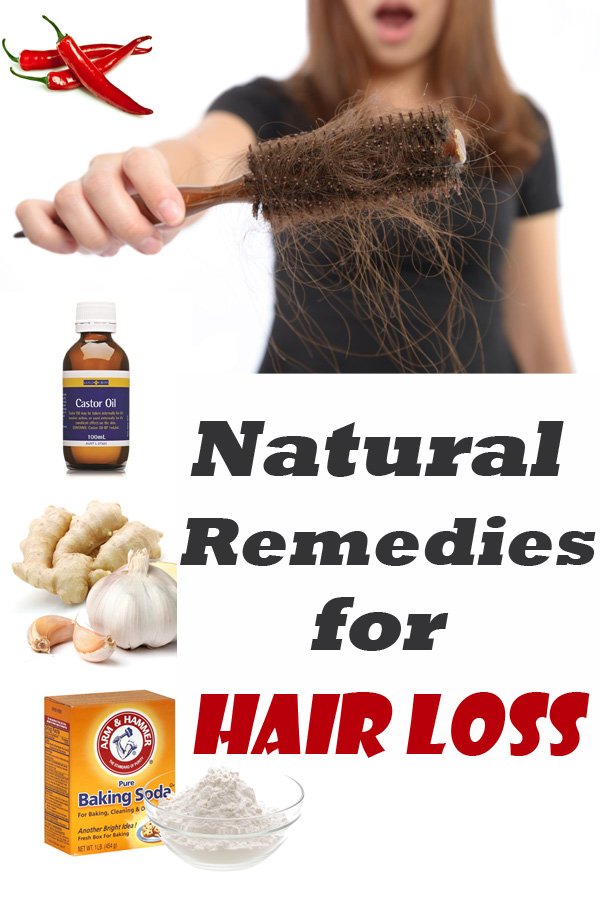Hive is characterized by the appearance of papules and pruritic erythematous skin that turns white when it’s pressured, indicating the presence of dilated superficial blood vessels and edema.
Aloe Vera Gel. Once triggered the first step is to apply a refreshing remedy to the affected area. The scratching and discomfort will disappear. Apply aloe gel because reduces inflammation and pruritus (itching), and creates a protective cool layer. It is recommended to be applied both externally, and internally because it has a powerful blood purifier, thus preventing the accumulation of toxins that can trigger hives.
Turmeric. Apply it externally on the skin and consume it internally to help liver detoxification and to improve digestion.
Echinacea. Echinacea poultices reduce sensitivity to allergens and insect bites, and stimulates lymphatic drainage.
Ginger. Raw ginger, thinly sliced and applied to the problem area, improves circulation, helping to decrease inflammation and draining the fluid back into the deeper tissues.
Milk. Sweet milk compresses are also useful. Do not use cold milk, only room temperature milk.
Calendula ointment. Calendula ointment, in which you add 1-2 drops of peppermint oil, has a very refreshing effect, quickly eliminating the skin discomfort. However, do not apply peppermint oil directly on the skin because although it gives a pleasant sensation at first, after a few minutes you will feel a burning sensation.
Take vitamin C. If you have hives it is very important not to scratch, as it will increase inflammation, forming lesions and increasing the risk of infection that are difficult to cure. Administered in higher doses, vitamin C has antihistaminic effect. It is recommended to consume vitamin C only from natural sources, such as citrus, parsley, rosehip and sea buckthorn.

 EverythingInOnePlace Connecting You to Everything That Matters
EverythingInOnePlace Connecting You to Everything That Matters


